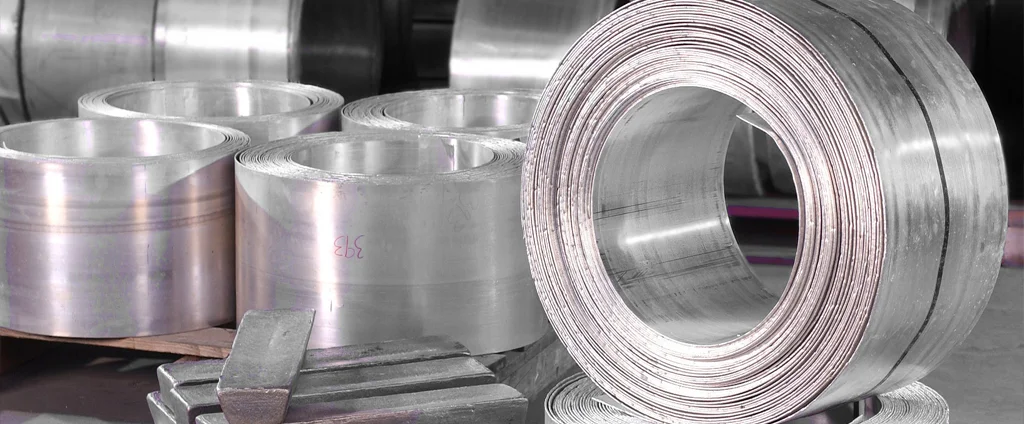Magnesium ZK61A-T6 (UNS M16611)

ZK61A-T6 is a high-performance magnesium alloy prized for its exceptional strength-to-weight ratio, outstanding corrosion resistance, and excellent machinability. Widely utilized in aerospace and military sectors, it offers a durable yet lightweight solution for demanding structural applications and components.
| Chemical Composition | ||
|---|---|---|
| Element | Min | Max |
| Magnesium | 92.1% | 93.9% |
| Copper | —— | 0.1% |
| Nickel | —— | 0.01% |
| Zinc | 5.5% | 6.5% |
| Zirconium | 0.6% | 1.0% |
| Residuals | —— | 0.3% |
The following table provides a list of magnesium ZK61A-T6 properties in both SI and US customary/Imperial units.
Click on the button to switch between Metric and Imperial units.
| Physical Properties | Metric |
|---|---|
| Density | 1830 kg/m3 |
| Mechanical Properties | Metric |
| Tensile Strength (Ultimate) | 310 MPa |
| Tensile Strength (Yield) | 195 MPa |
| Shear Strength | 180 MPa |
| Shear Modulus (G) | 17 GPa |
| Elongation at Break in 50 mm | 10% |
| Poisson’s Ratio (ν) | 0.35 |
| Brinell Hardness 500 kg load, 10 mm ball | 70 |
| Knoop Hardness Converted from Brinell | 93 |
| Vickers Hardness Converted from Brinell | 80 |
| Machinability | 100% |
| Thermal Properties | Metric |
| Melting Point | 520 - 635 °C |
| Solidus | 520 °C |
| Liquidus | 635 °C |
| Specific Heat Capacity (Cp) | 1084 J/kg·K |
| Coefficient of Thermal Expansion (αL) | 27 1/°C |
The values in this table are approximate and can vary depending on various factors such as the specific manufacturing process and heat treatment applied to the alloy.
Advantages & Disadvantages of Magnesium ZK61A-T6
| Advantages | Disadvantages |
|---|---|
| Lightweight | Lower wear resistance |
| High strength | Flammability |
| Excellent machinability | Limited temperature range |
| Good corrosion resistance | Cost |
| Good creep resistance |
Applications of Magnesium ZK61A-T6
ZK61A-T6’s advantageous combination of lightweight and high strength makes it suitable for a diverse range of industries, including:
- Aerospace: Used for lightweight structural components such as aircraft frames, brackets, panels, and engine parts.
- Automotive: Employed to enhance fuel efficiency and reduce emissions in engine blocks, transmission cases, steering parts, and structural components.
- Sporting Goods: Incorporated in bicycles, golf club heads, tennis racquets, and other equipment where weight reduction is critical.
- Electronics: Suitable for housings, frames, and connectors due to good machinability and electromagnetic shielding properties.
- Defense and Military: Applied in military vehicles, weapons systems, and armor for its light weight and deformation resistance.
- Industrial Equipment: Used in manufacturing machinery, tools, die-casting molds, industrial frames, and brackets.
- Medical Devices: Utilized for surgical instruments, orthopedic implants, and medical equipment casings due to its lightweight and biocompatibility.
